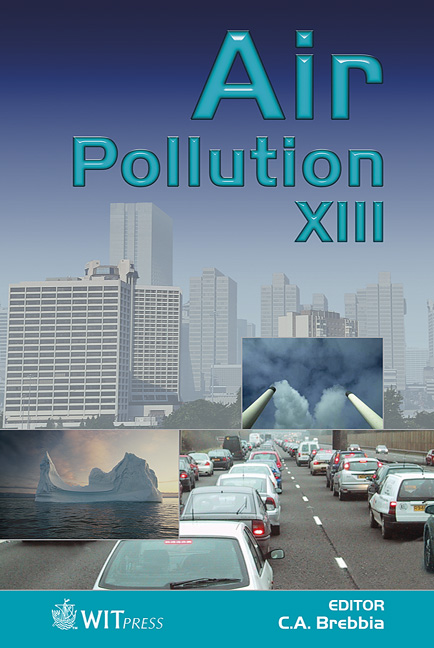Environmental Control Of Air Pollution By Gases Coming From Refineries Through Flow-dynamics Modeling: An Experimental Feasibility Test
Price
Free (open access)
Transaction
Volume
82
Pages
10
Published
2005
Size
1,774 kb
Paper DOI
10.2495/AIR050031
Copyright
WIT Press
Author(s)
F. Patania, A. Gagliano, F. Nocera, A. Galesi & A. Belluardo
Abstract
Even though in Italy there are strict environmental rules concerning pollution emissions by industrial plants, sometimes there are emissions into the atmosphere containing remarkable polluting gasses owing to anomalous situations of faulty operations of equipment in the loop of manufacturing or chemical processes. In these cases emissions of heavy gases reach dangerous polluting concentrations, as testified by the environmental steady stations situated in large areas around the plants, but only monitored when gases reach the stations; a period of time after the emission. In such cases, the knowledge in real time of the trend of pollution concentrations into the atmosphere and the location of zones with dangerous concentrations could enable the planning of environmental controls before pollution can cause health problems to the inhabitants of the affected area. With this aim in mind, a three dimensional model of fluidynamic diffusion was tested, which allows, by the knowledge of chemical–physics data of gaseous flows continuously measured through the opening of chimney stacks and by the meteorological conditions of the site, to forecast in a medium-large area both the spatial and temporal distribution of polluting concentrations. The experimental test has been carried out in the oil refinery of Gela (Italy) by the analysis coming from geometrical modelling of sites and by data coming from the tabulation of flows and chemical compositions of gases discharged by chimney stacks running the time, that is: - mass flow-rate, velocity of discharging and composition of gasses, - trends of meteorological conditions during the discharge phases. By comparison between spatial and temporal data of concentration forecasted by fluidynamic code \“Airpak” and ones both registered by environmental steady station and measured in situ by portable surveying equipment, it has been possible to find standard deviations between \“forecasted values of concentrations” and \“measured values of concentrations”. Standard deviations range between 7% and 13%, whilst the absolute values of variance do not exceed 5 K µg/m 3 for tested gas. On the grounds of the research carried out, the aim of this paper is to show that the technique of data processing by fluidynamic 3D code can be used as a good tool to forecast the atmospheric gaseous pollution in medium and large-scale territories. This preventive knowledge could permit the planned interventions of authorities in time to avoid a hazard to health. Keywords: emission sources, flow-dynamic code, air pollution.
Keywords
emission sources, flow-dynamic code, air pollution.





